





Wayang potehi of Java : bu dai xi
PURWOSEPUTRO, Ardian ; LIM, Hermanto ; KWA, David ; CHURCHILL, Gregory
Tersedia di:
Deskripsi
Bibliography : halaman 286-287 ; One form of performance art that came to Indonesia from China and was warmly received in Java is Wayang Potehi. This hand-puppet performance art went through its own up and downs over the centuries from political circumstances and, yet, today still maintains it original format despite the fact that majority of the artists are now Javanese. "WAYANG POTEHI OF JAVA" is a premium coffee-table book that aims to introduce the artistry of the past and current artists to the contemporary Indonesian and international audience. It is also a form of an invitation for Indonesians to appreciate and be proud of Wayang Potehi as a part of the nation's art and culture. Wayang Potehi is an iconic art form of Chinese puppet theatre in Indonesia. In the beginning, its existence was constrained mostly within Chinese temples in Java. But in 1967, the repression of Chinese under the New Order government in Indonesia for 33 years restricted and prohibited its activities and almost killed its existence. Wayang Potehi came back alive during the presidency of Abdurrahman Wahid and now it can be performed without any restrictions. Today, people-Chinese or non-Chinese, elderly or young-are keen on watching Wayang Potehi shows. Many of them idolize and discuss over its main characters such as Sie Djin Koei, Tek Djing, Kwan Kong etc. Wayang Potehi went through a tremendous adaptation with the local culture during its proliferation and evolution in Java influenced by societal trends and power in politics. Nonetheless, the format and the elements of its original, root traditions embedded in the structure and the flow of the performance, as well as the look and shape of the puppets are still well maintained. This book is the ultimate Wayang Potehi book ever produced in Indonesia. ; Glossary : halaman 288-289
Ulasan
Buku Rekomendasi Lainnya

Grafik lansekap
SLA, Grant W Reid
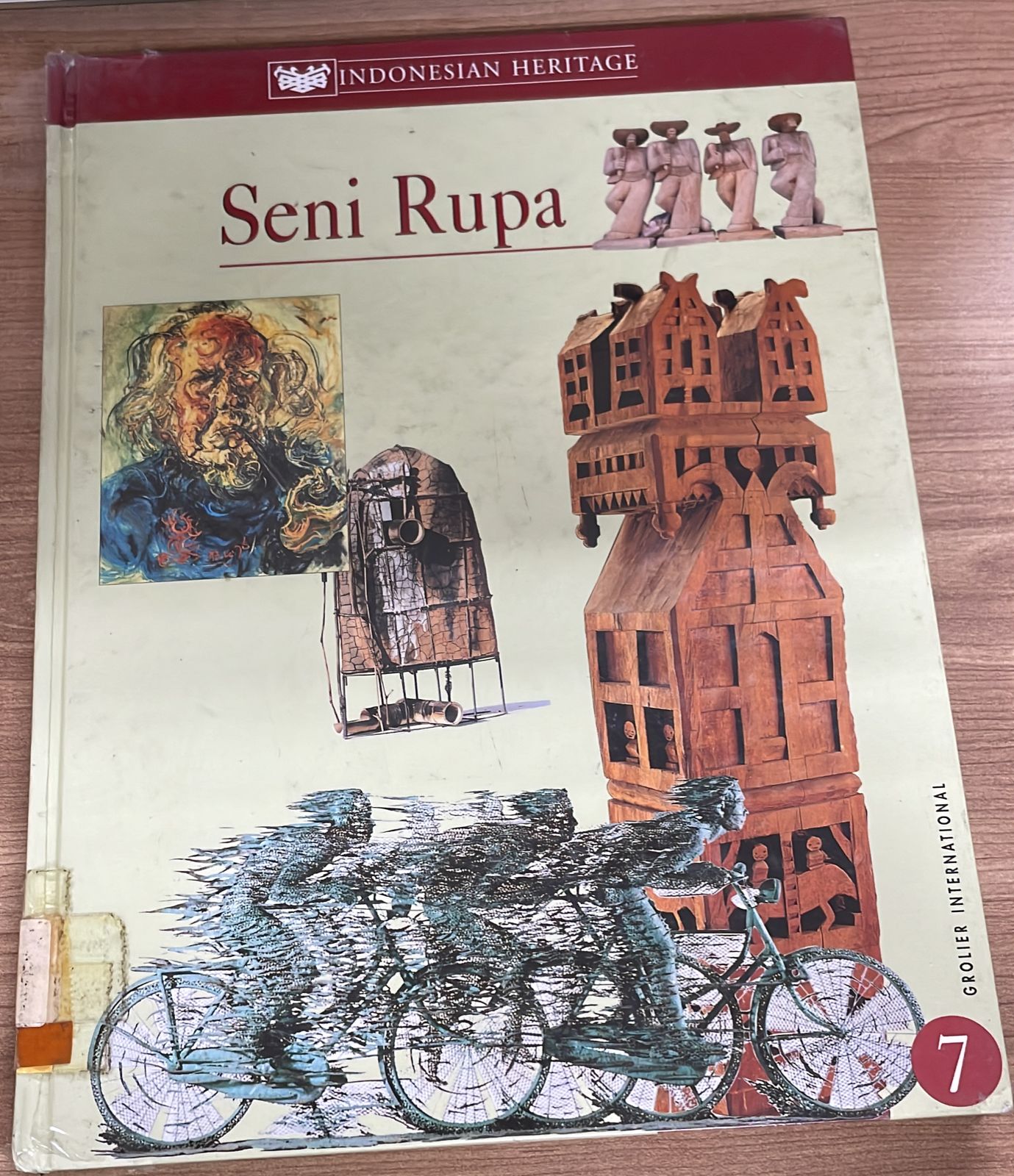
Seni Rupa : Jilid 7
Wibowo, Wage P.
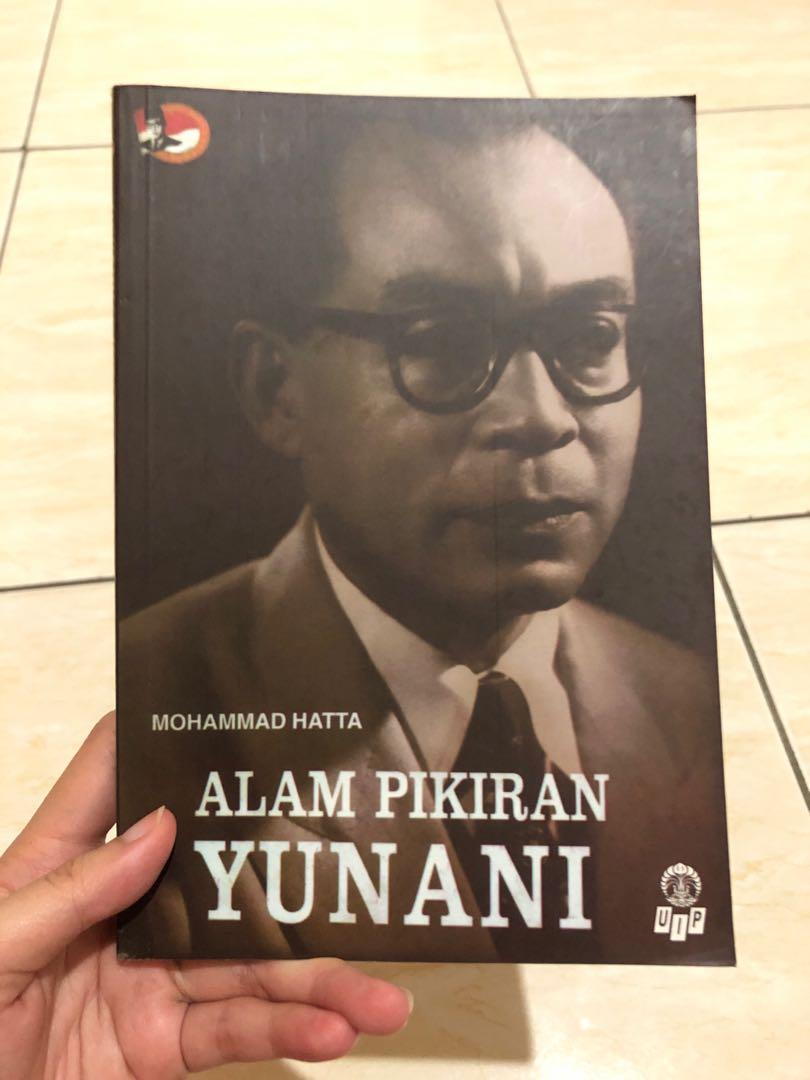
Alam pikiran Yunani
HATTA, Mohammad

Tip dan trik AutoCAD untuk arsitek
ANSORI, Sofi

Clinical neurology
GREENBERG, David A.

English Jokes : Cara Menyenangkan Belajar Bahasa Inggris
BAEHAQI, Imam

Heaven is for Real = Nyatanya Surga
BURPO, Todd

Panduan Praktis Budidaya Diskus
; Febriani Ai Nurrohmah
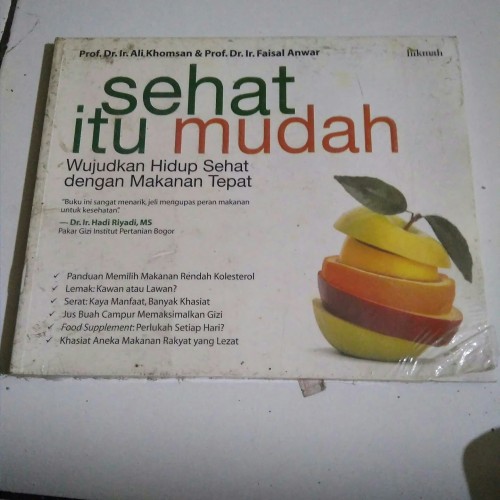
SEHAT ITU MUDAH : Wujudkan hidup sehat dengan makanan tepat
-
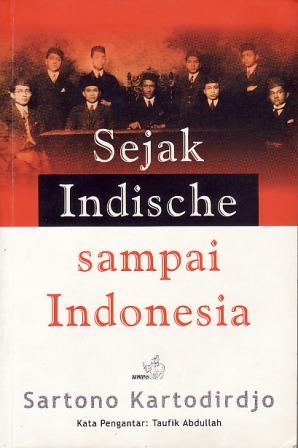
Sejak Indische Sampai Indonesia
; Bagus dharmawan
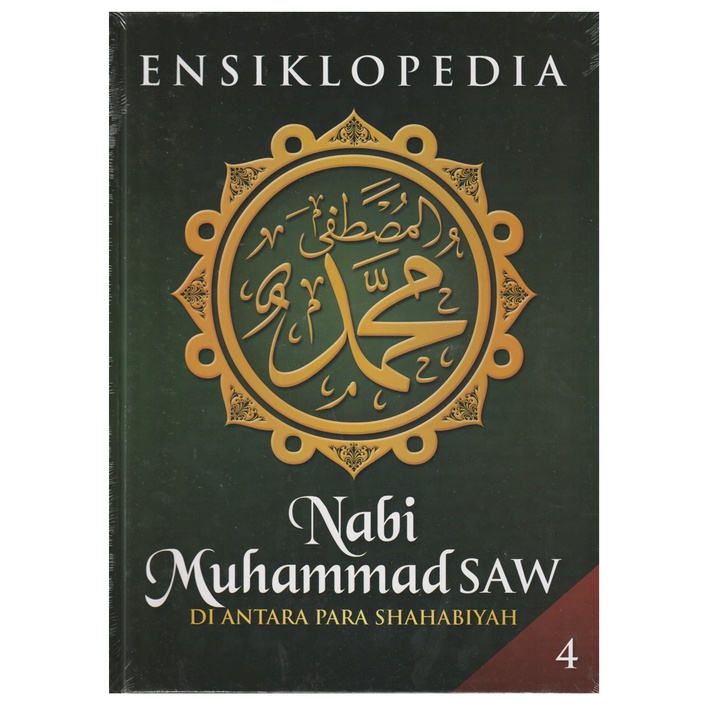
Ensiklopedia Nabi Muhammad SAW : Diantara para shahabiyah jilid 4
Zaidah Kusumawati (Pengarang) ; Ichwan Fauzi (Pengarang) ; Abu Haekal Fadel Muhammad (Pengarang) ; Abu Haidar al-Mahdi (Pengarang) ; Abu Jesh Zeel Arsh (Pengarang) ; Taufik Hamim (Pengarang) ; Hidayatullah Hamim (Pengarang)

Broadening your organizational perspective
Veslor, Ellen Van (Pengarang)

Diagnosis topik neurologi : anatomi, fisiologi, tanda, gejala
Baehr, Mathias ; Michael Frotscher (pengarang) ; Diana Anggajaya-Stachel (alih bahasa) ; Maria Yosephine Hibono (editor edisi bahasa indonesia) ; Meike Sisca (editor edisi bahasa indonesia)
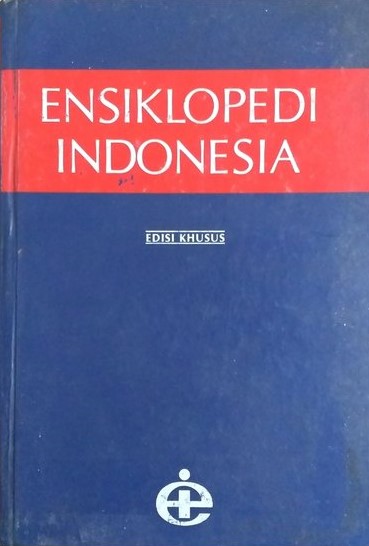
Ensiklopedi Indonesia; : 7 Vak - Zwi ; Indeks
Hassan Shadily (Pengarang) ; Redaksi Ensiklopedi Indonesia (Penyunting)


